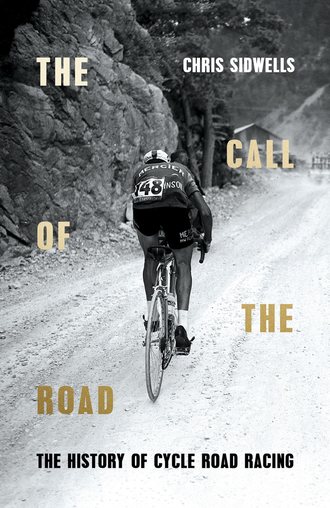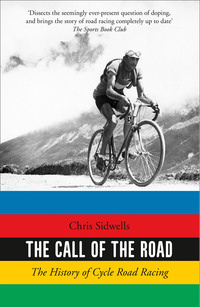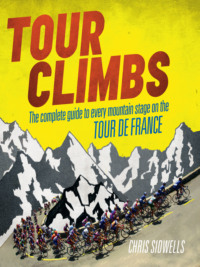The Call of the Road: The History of Cycle Road Racing

Полная версия
The Call of the Road: The History of Cycle Road Racing
Жанр: историческая литератураспорт / фитнесхобби / увлечениясерьезное чтениеоб истории серьезноспорт
Язык: Английский
Год издания: 2018
Добавлена:
Настройки чтения
Размер шрифта
Высота строк
Поля
Конец ознакомительного фрагмента
Купить и скачать всю книгу



